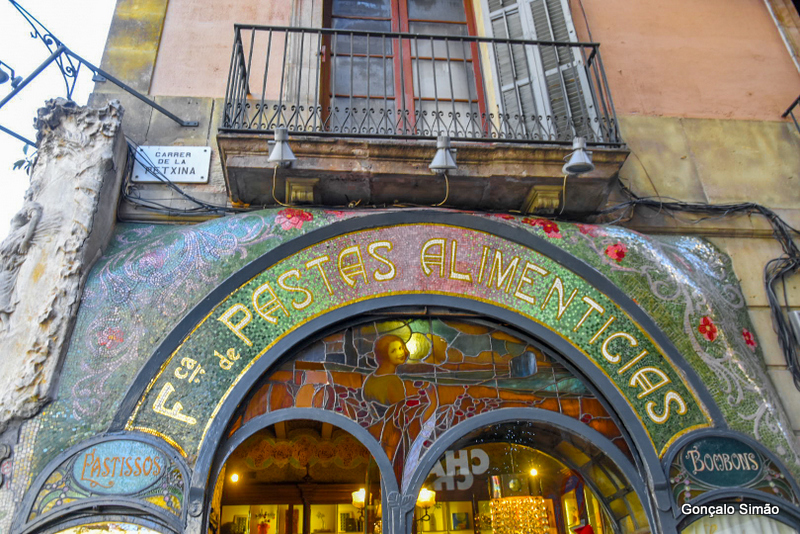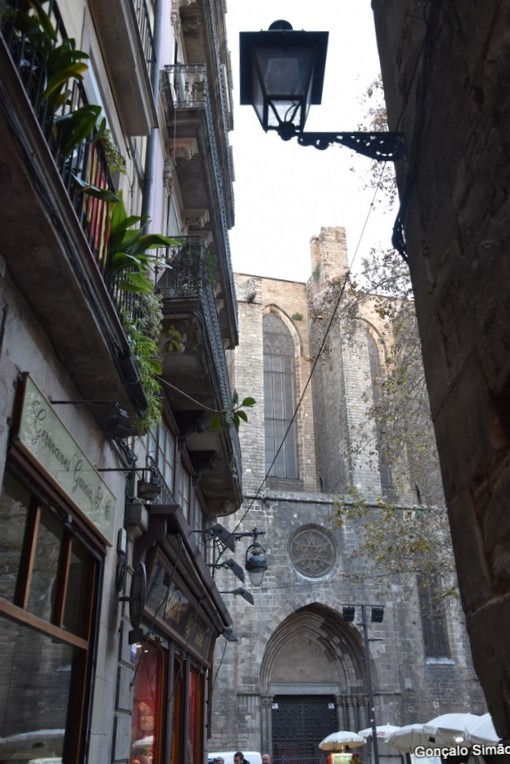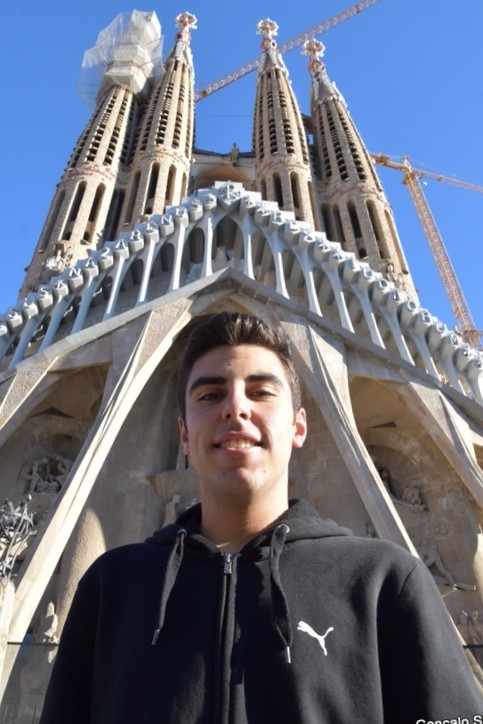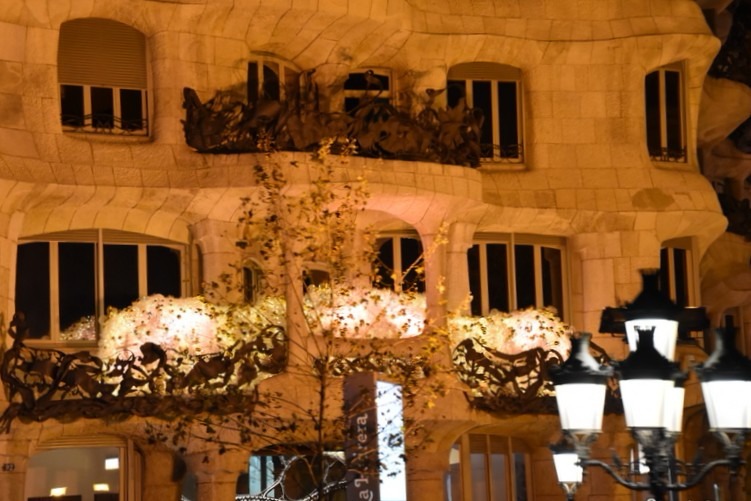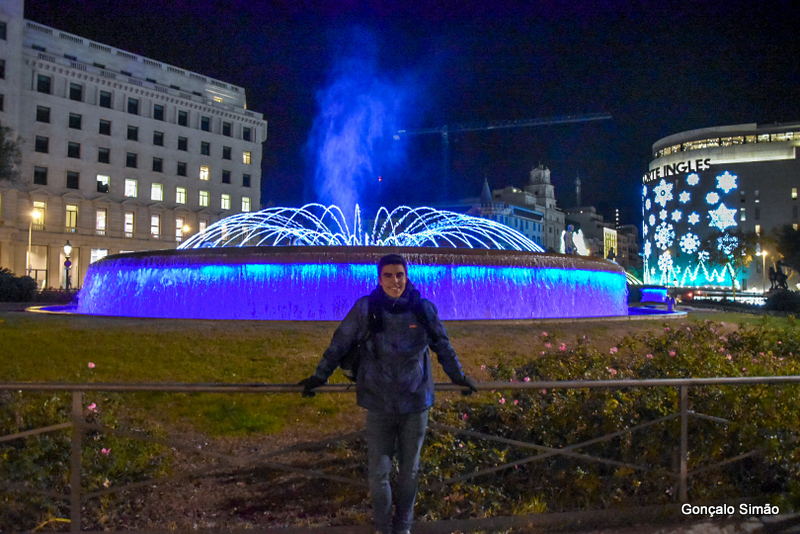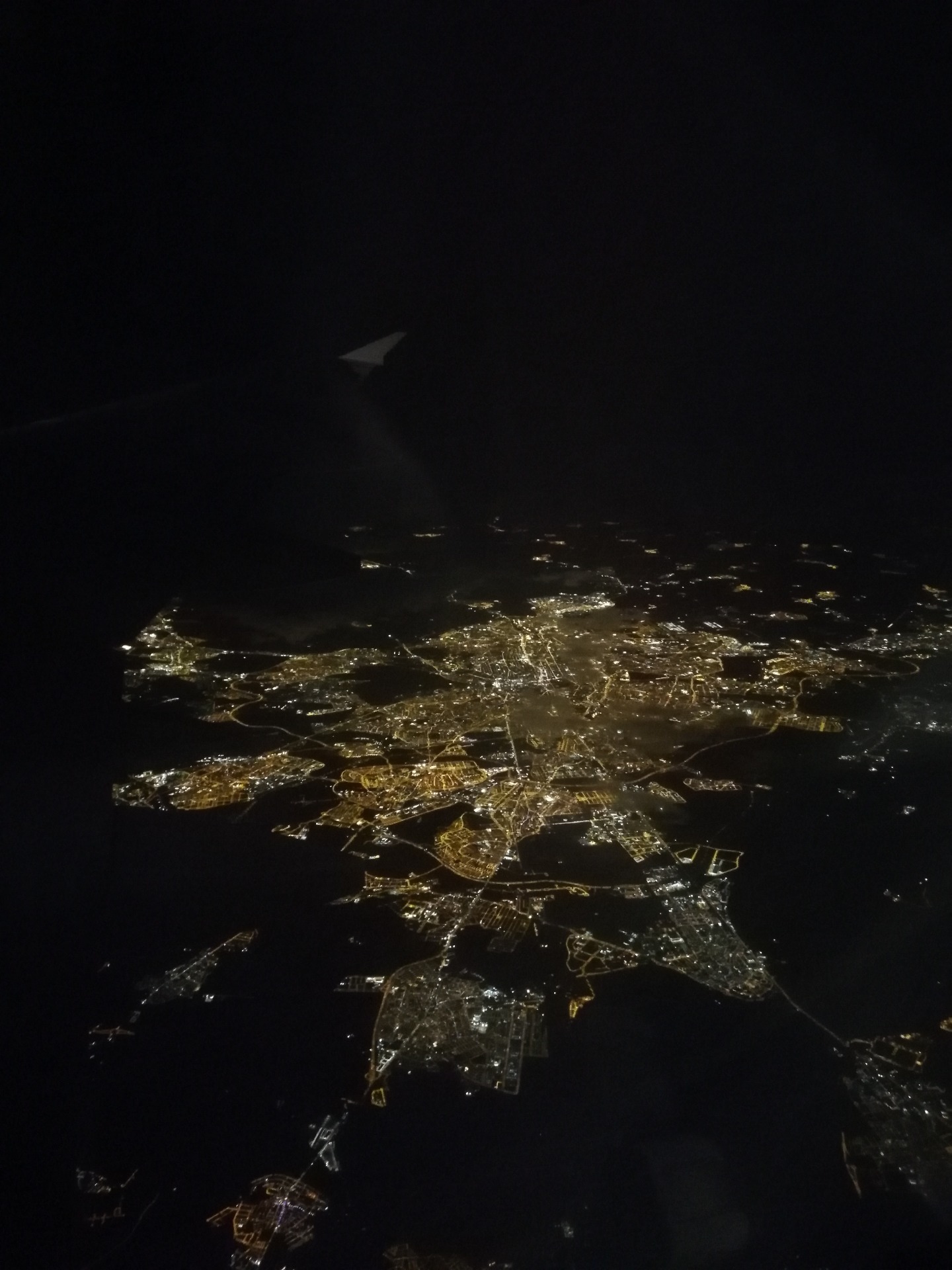Benvinguts a Barcelona!
My first plane trip was to Barcelona in 2008. Now almost 10 years later I decided to go back!
I remembered that Barcelona was a "young" city, not in the sense of recent, but because it perfectly conjugated tradition with new ideas, which is perhaps why it is one of the cities in Europe with the most tourists.
We left Lisbon very early on the first flight in the morning, via TAP and the sun rose and we were already over Madrid. Sleepiness was replaced by expectations and soon we were in Plaza de Catalunya with our backpacks on our backs!
Casa Batlló
With a map in our hand, we already knew what we wanted to visit and so we went up Passeig de Grácia, number 43, where we found the first building to be included on the UNESCO World Heritage List, designed by Antoni Gaudí, one of the most famous Catalan architects and an icon of this city, the famous Casa Batlló.
Casa Milà
From here we continue up the avenue to Casa Milà, which is also known as La Pedrera. It is located in the same area but at number 92. It is one of several buildings with Gaudí's imprint that impresses with its beauty and its lines contrast with the buildings around it. It looks like a house carved out of a large stone and there are people who live there...
Afterward, we went down Rambla de Catalunya (parallel to Passeig de Gràcia) to Plaza de Catalunya enjoying the city on a Saturday morning. We cross the square and enter the Ramblas, towards the sea.
La Boqueria Market
Shortly after, the famous La Boqueria market, which opened in 1840, appeared on our left. This is the oldest municipal market in Barcelona! Walking through its crowded corridors is like enjoying a game where colors, smells, and sounds are mixed perfectly and the chaotic organization of the place invites you to try its products where fruits, spices, gums, and juices stand out because of the way they are meticulously arranged.
Each one already equipped with its own juice, we continued down the Ramblas, until we found our hotel where we took the opportunity to check in and drop some weight in the rooms.
Monument to Colón
We didn't waste much time at the hotel and continued our walk down the Ramblas to the Monument to Cristovão Colombo (Colón as they call him here), inaugurated within the scope of Expo 1888, already very close to the Porto Velho area.
We climb to the top of the statue, and from here it is possible to have a panoramic view of this area of the city. Simply spectacular! Here are some panoramic photos of the area.
Then it was just crossing the road and we continued our walk through Port Vell (Old Port), the port of Barcelona that has the Mediterranean as a backdrop. If in the city we feel the permanent presence of South American and Indian people, this area has a lot of African people who use the space to sell their replicas, from glasses, sneakers, bags, and crafts, to Barcelona equipment with Leonel Messi in the spotlight :)
Port Vell
At this point, the day was already long and tiredness was beginning to take hold, but we still decided to walk around the Gothic Quarter.
Gothic Quarter
This is one of the oldest areas of the city and owes its name to the predominant architectural style in the buildings and monuments in that area, the Gothic style. I confess that it is one of the areas that particularly attracted me and where we can "get lost" and enjoy the true essence of this great metropolis.
In the end, we still passed by the Cathedral of Barcelona, but because it was late, we left its visit for another day.
Barcelona Cathedral
After this brief visit to this imposing monument, we continue our walk through the narrow streets of the Gothic quarter, where we pass by the Palau de la Generalitat de Catalunya, the seat of the Presidency of Catalunya.
Palau de la Generalitat da Catalunya
Plaça Reial (Royal Square) by night
The main Rambla of the city, usually called Las Ramblas, actually owes its name to the fact that it is made up of 5 Ramblas... which start at Plaza Catalunya and end at the Cólon monument... Important to know:
Rambla de Canaletes - Here, among the tourists, we find lots of old people who get together and discuss football and politics.
Rambla dels Estudis - Also known as Rambla dels Ocells (birds) because of the stalls selling animals.
Rambla de Sant Josep - The stalls with flowers give it the second name for which it is known (Rambla de les Flors), continuing down, on the right, we find the Mercat de la Boqueria.
Rambla dels Caputxins - Street performers and human statues are often found there. Continuing down, on the right side we find the Palau Guell (palace) and on the left side the Plaça Reial (Royal Square).
Rambla de Santa Mónica - Street artists, such as portraitists and painters, create authentic works of art for all tastes, with the sea on the horizon.
Agbar Tower and Mapfre Tower
Inaugurated in 2005, Agbar Tower has 35 floors and is 142 meters high. It is the third tallest building in Barcelona, after Hotel Arts and Mapfre Tower, respectively. Its sister Mapfre Tower is located next to the beach and the Olympic port of Barcelona, in front of the sealine. The two towers are part of the Olympic Village del Poblenou, built for the Barcelona Olympic Games in 1992...
Sagrada Familia Church
It's official, it's not finished yet, I've confirmed it, but the expected date of completion is not a coincidence: 2026, the year that celebrates the centenary of Antoni Gaudí's death! Words for what? It's just genial!
Park Güell
It is one of the most famous parks in Barcelona. It was built between 1900 and 1914 and one of the main characteristics of Park Güell is the contrast between the colors of the different building materials.
The view over the city of Barcelona is beautiful and you can get an exact idea of the location of some places like the Ramblas, the Sagrada Familia church or Montjuic.
Something that also caught my attention was the fact that throughout the city there are authentic gardens suspended from balconies and terraces. The effect is fantastic and very pleasant. Perhaps a good example to follow.
The Arc de Triomf, in Parque da Cidadela, is a place full of life that invites you to relax.
Montjuic
The Parc de Montjuïc is located on the mountain of Montjuïc, "Jews hill" in Old Catalan, and is the green lung of Barcelona. Montjuic is full of points of interest such as the Olympic stadium, the botanical garden, the Joan Miró Foundation, and the National Palace (home of the National Museum of Catalunya Art). On this mountain, we have a privileged view of the city of Barcelona from the sea to Tibidabo, so it is a privileged place to take some pictures!
Montjuïc Olympic Stadium
Plaza de España
Plaza de España is very beautiful and in the center, there are bell towers that imitate the one in San Marco square in Venice. Here, the old bullring of the city was converted into a shopping center, the "Arenas de Barcelona", where excellent panoramic photos of the place can be taken.
Christmas lights
The third and last day woke up grayer and colder, which made us give up visiting Tibidabo as it wouldn't be warmer up there and we chose to stay in the city and visit some places in detail now with time.
If the interior of the Cathedral is magnificent with its stained glass windows and incredible crypt, from its roof we can obtain a magnificent perspective from this part of the city.
With a belly full of emotions, we returned to Lisbon at night.




